Table of Contents
It’s clear that without technology, the dynamic and vibrant world we live in today wouldn’t exist as it does. Technology has touched every part of our lives, from basic needs like housing, agriculture, and healthcare to more enduring areas such as government, defence, and education. In this article, we’ll focus on how technology has shaped one of the most important sectors for any country’s future: education.
Children born between 1990s and 2000s witnessed some of history’s most groundbreaking technological advancements. For many of them, using a smartphone feels as natural as breathing.
As expected, technology has now become an essential part of the classroom experience. By the way, the global eLearning market is expected to reach USD 848.1B by 2030.
Technology fosters better collaboration between students and teachers and inspires creativity and innovation. It allows learners to explore new concepts using a device they are already deeply connected to.
How technology in education breaks the barriers?
With the immense growth of digital tools in education, the future offers endless possibilities for transforming students’ lives worldwide.
Technology is already breaking down geographical boundaries, enabling students to connect globally and attend schools in different countries. With its global reach, we can create more diverse and culturally enriched learning environments, opening doors to new opportunities and broadening students’ horizons.
For example, at Altamira, we proactively support remote learning by contributing to EdTech software development solutions packed with unique features.
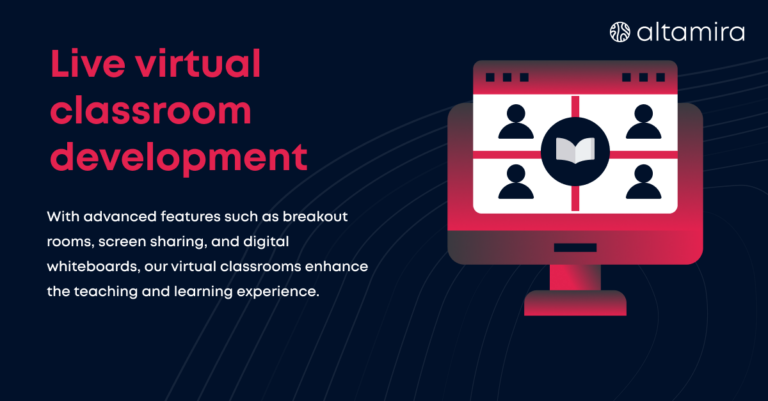
As augmented reality continues to develop in educational settings, curriculums are literally becoming more immersive and interactive. With AR, students can explore world geography and history as if they’re experiencing it firsthand, igniting curiosity in a whole new, engaging way.
Other AI-driven tools have the potential to give educators deeper insights into student performance and learning styles.
While these technologies are gaining traction, only a few schools currently integrate them into the classroom. Still, the opportunities they present are vast and exciting.
Over the past few years, many classrooms were engaged into a digital transformation with new challenges that initially seemed difficult to manage.
However, this shift also opened the door to a world of digital possibilities, highlighting the key role of technology in education.
As teachers continue to explore how to use tech for the benefit of their students, it’s getting increasingly clear how vital it is for both current and future success. When applied appropriately, technology becomes a powerful and lasting tool to enhance the educational experience for students and educators, making learning more impactful.
Why educational technology is so important?
With technology-based learning, students aren’t tied to a specific institution or instructor. Also, eLearning platforms provide easy access to a wealth of information related to their studies. Features like audio-to-text converters further improve the learning experience by making lectures and discussions searchable and available in text form.
Moreover, this flexibility means students from anywhere can tap into eLearning resources, expanding their horizons and connecting them with knowledge from beyond their local area.

Technology promotes student engagement
According to a recent survey, 90% of kids use digital learning materials at home, and two-thirds start doing so by age 5.
The initial challenge in online learning is attracting students to enrol in a course. However, it’s just as important to ensure that the course content remains engaging to prevent students from dropping out.
Successful online programs often incorporate elements like video lessons, micro-learning, eye-catching infographics, and gamification. These features enhance the learning experience and encourage students to stay engaged and continue with the course.
Technology contributes to knowledge retention
People tend to remember only half of the information they receive after an hour and forget about 50% after a day. Within a week, that figure can rise to 90%. Fortunately, technology can help improve this situation. eLearning can boost knowledge retention by 60%.
This improvement is largely due to the brain’s ability to capture and better process visual information quickly. Incorporating technology in education—such as gamification, mobile learning, microlearning, and VR—can significantly enhance student engagement and retention.
Additionally, repetition plays a key role in memory. Educational apps often include quizzes on previous material before moving on to new content, reinforcing learning through practice. As the saying goes, practice makes perfect.
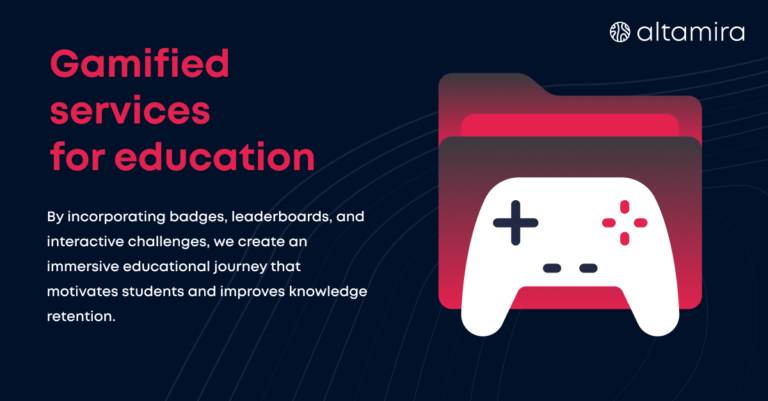
Technology facilitates communication
eLearning thrives on effective communication and collaboration between students and teachers, peers, students, and their parents. Communication in eLearning can be both synchronous (happening in real-time) and asynchronous (spanning a time delay).
Interactions can take place through different media, such as whiteboarding, screen sharing, video, and audio. Teachers have the opportunity to foster an online environment where students feel comfortable asking questions, discussing concerns, and engaging actively, thereby making the eLearning experience more dynamic and rewarding.
Technology improves the assessment process
Monitoring a learner’s progress over time allows educators to see how students progress and provide valuable feedback. This process helps both students and teachers set and achieve their goals. Additionally, it enables teachers to gauge the effectiveness of a course or curriculum by tracking trends in student performance.
With the abundance of EdTech applications available, tracking progress also reveals what strategies are effective and which are not. Educational apps allow teachers and parents to monitor various aspects such as grades, completion rates, attempts, and usage duration. This visibility informs educators and parents about the learner’s development and learning patterns.
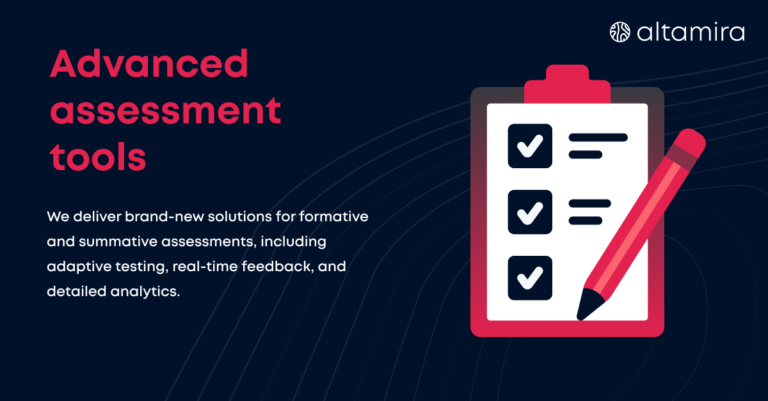
Technology fosters responsibility and a sense of ownership
When technology is confined to the traditional classroom setting, it can sometimes feel stifling for students. Everyone learns at their own pace, and not all students feel comfortable asking questions in class.
eLearning offers the advantage of self-paced learning, moving away from a one-size-fits-all approach. With education becoming more accessible, there’s less interest in studying a standardised curriculum that doesn’t cater to individual needs.
EdTech is now focusing on personalised and customised learning experiences. Personalised learning approach allows students to learn at their own speed, with learning objectives, methods, and content tailored specifically to each learner. This approach helps students set their own goals and learn in a way that suits them best.
Thanks to self-paced learning, students can control how much material they cover or how long they spend learning.
This flexibility makes eLearning more effective and convenient.
With the resources at their disposal, students can tailor their learning experience and study at their own speed. They can play, pause, and revisit complex concepts as needed.
Additionally, the rise of flipped classrooms, where students review materials online outside of class and then apply what they’ve learned through in-class exercises, supports learning at a personalised pace that suits each student.
Today, a wide range of technologies are being used in education to give students a leg up. Young people interact with technology daily, so stepping into a classroom without it can feel like a step back. EdTech bridges this gap by integrating technology into learning.
What are the side effects of using technology in school?
Using technology in schools offers numerous benefits, but it can also have side effects if not managed properly. Some of the key side effects include:
The growing distraction
As students increasingly engage with technology, there’s a risk of developing addictive behaviours. To mitigate this, teachers could design reward-based learning games that students can play outside of class, balancing the advantages of educational tech with health considerations.
Additionally, establishing clear guidelines on when technology should and shouldn’t be used in class can help minimise distractions and nurture a more focused learning environment.
Increased confusion when using data
With the prevalence of misleading or exaggerated information online, students can quickly become confused about reliable sources. Teachers and parents must guide students in finding and using credible information.
Possible damage to health
The rise of BYOD (Bring Your Own Device) policies has led to more screen time for students. This extended use of computers, tablets, and phones can cause eye strain and may also contribute to back pain, blurred vision, neck pain, and other significant health problems.
Lower level of social interactions
Constant phone use and reliance on technology for communication can affect a student’s social behaviour. Excessive screen time often leads to less face-to-face interaction, impacting their social circle and social skills.
Encouraging activities like healthy discussions, group projects, team-based learning, and presentations can help address these social challenges.
Opportunity to cheat
Technology in the classroom makes communication between students more convenient. However, since teachers can’t constantly oversee every student’s actions in person, there’s a risk that some might be tempted to cheat. This can include sharing answers during tests or quizzes, copy-pasting content from the internet, or searching for answers online during exams.
How to use technology to streamline the learning process?
Technology can significantly streamline the learning process when used thoughtfully. Here are some effective ways to do this:
Use technology for instant access to information
One of the greatest benefits of incorporating technology on the site is that it provides students instant access to vast information and tools. Digital tools such as project management platforms, academic reports, and learning apps enable students to dive into different subjects, research, and find resources other than ordinary textbooks.
Here are several options of how school technology can improve the learning process
Digital content libraries
Digital libraries and online databases give students access to various academic materials. Resources such as scholarly articles, e-books, and multimedia content can significantly enhance their ability to understand and retain key concepts.
Online platforms and systems
Learning management systems offer a central hub where teachers can share resources and students can access information. These platforms can include multimedia content, digital textbooks, interactive modules, and assignments students can work on from anywhere.
Open educational resources (OER)
Open Educational Resources are educational materials accessible online at no cost. Teachers can use OER tools to search for textbooks, videos, and other learning resources that complement the curriculum and offer students additional sources of information.
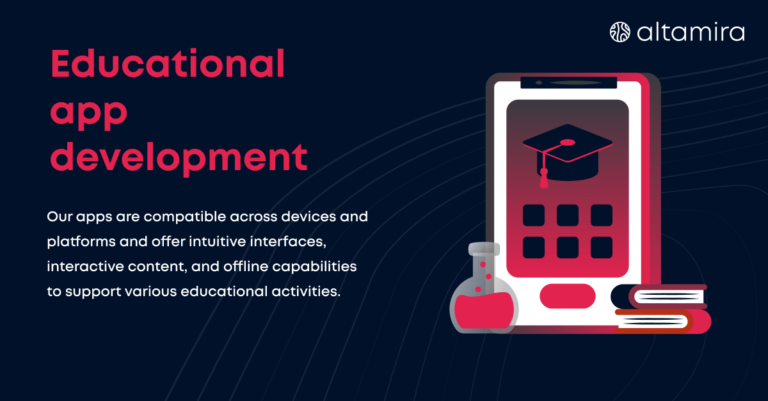
Get the valuable insights from students with AI
As you know, the feedback from students may come in various forms, including various training evaluations, ratings, reviews, and other data collection methods.
While numerical ratings provide valuable data, detailed comments offer a richer understanding of student experiences, capturing their emotions, ideas, and suggestions in a more complex way.
However, analysing large amounts of unstructured feedback can be time-consuming and challenging for many administrators.
At this stage, AI comes into play. Tools like these automate the analysis of student comments, efficiently extracting meaningful insights rather than just generic summaries.
This automation can transform the process from taking hours or days to minutes, allowing institutions to better understand student needs.
Schools can make informed decisions about what changes to implement to enhance the educational experience by moving beyond fundamental sentiment analysis to uncover actionable recommendations.
Our team focuses on AI adoption and implementation into software solutions, helping you gain actionable insights, trends, and patterns.
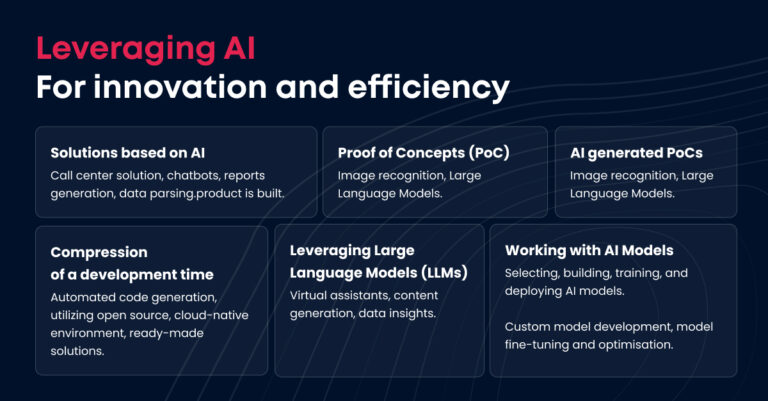
Help students prepare for success for future workplace
For students to thrive in today’s job market, they need more than just fundamental skills—they must know the tools, technologies, and approaches they’ll use in their careers.
By incorporating technology into the curriculum, educational institutions help students build the experience necessary for success in the professional world after graduation.
Here are a few options of skills we can practice
Digital literacy
Incorporating technology into the classroom enhances students’ digital literacy, equipping them to use various platforms, employ productivity tools, work online, and professionally communicate in digital settings.
Information management
Technology enables students to find, organise, and analyse data—essential skills for making well-informed decisions in their careers. To illustrate this, proficiency in data analysis tools allows one to analyse market trends and make strategic business choices.
Adaptability
Familiarity with different digital tools at school makes kids more adaptable, allowing them to quickly pick up and use new technologies in their jobs. For example, a student who gains proficiency with data visualisation tools will be well-prepared to work with similar software in their career, enhancing their efficiency in the workplace.
Creativity
Technology allows students to craft engaging presentations, lead projects, and build prototypes, which nurtures creativity—key skills in the industry. Thus, students who use digital tools for their school assignment and can later apply these abilities to future projects, showcasing their capacity to innovate and tackle problems effectively.
Promote personalised learning
Technology integration tends to improve learning experiences and prepare students for their future careers. However, to be truly effective, students’ interactions with these tools need to evolve over time, enabling them to make informed, data-driven decisions.
In order to use the technology at maximum, institutions should continuously provide training and support. This approach enhances the student experience, ensures efficient use of technology, improves the quality of feedback, and supports informed decision-making for institutional success.
Automated tools may simplify the feedback process, allowing students to share their thoughts easily. This real-time feedback enables educators to make data-driven decisions that can significantly impact institutional success.
Emerging EdTech tools accommodate various learning styles by helping instructors reach every student, regardless of their location or challenges. By analysing feedback, educators can adjust their teaching methods to address individual needs, ensuring that all students are engaged and supported throughout their learning journey.
By streamlining feedback through technology, institutions can improve evaluation processes and make learning more personalised and effective for students.
Explain the meaning of digital citizenship
Integrating technology into the classroom helps students develop their roles as digital citizens and learn how to navigate the online world responsibly. As students engage with social media and other digital platforms, they must grasp the importance of ethical behaviour, data privacy, and cybersecurity.
Students should be aware of ethical online conduct, recognise phishing attempts, follow campus digital privacy guidelines, and responsibly use public computers and equipment.
By learning these responsible digital practices in school, students are better equipped to handle the challenges of the digital world in their future careers. This preparation ensures they can interact professionally online, protect sensitive information, and make positive contributions to their communities.
Make the learning experience fun
It’s clear without saying that students use various technologies outside the classroom, so incorporating these tools into their learning can make education more engaging and enjoyable. Research shows that adding an element of fun to learning can significantly increase student involvement. For example, a recent study revealed that 97% of 149 students found gamified simulations made the material more captivating.
In conclusion
The education market is one of the largest globally, with over $5 trillion spent annually on primary, secondary, and corporate education. So, does using an iPad in school or at home really boost grades? According to 81% of college students, digital learning technology does indeed help improve their grades.
Technology is deeply woven into our daily lives, and integrating it into the classroom can greatly enhance students’ overall development.
It makes learning more engaging and enjoyable. We’re just scratching the surface of technological advancements in education—there’s an endless array of possibilities. If you’re developing a custom eLearning solution, consider all the factors and elements involved!
How we can help you?
At Altamira, we deliver smart EdTech experiences that drive measurable outcomes. We think beyond the boundaries of the ordinary, being creative, accessible, and inclusive. By bridging education and technology, we empower learning with brand-new solutions.
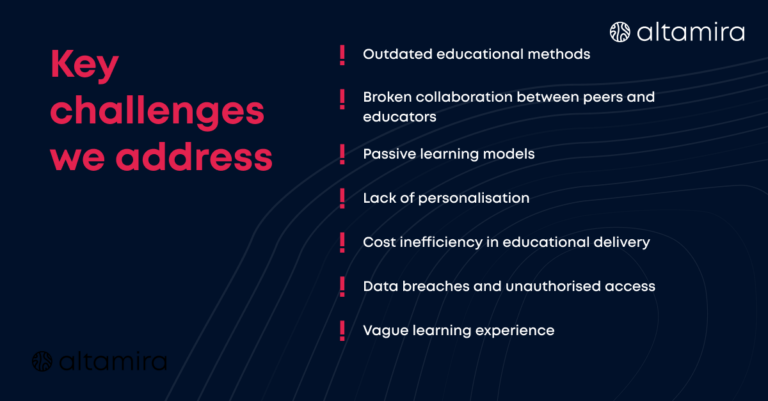
At Altamira, we continuously optimise our approaches that help us compress the software development lifecycle by delivering solutions quicker without compromising quality and staying within the budget. As a result, we reduce product’s time-to-market.
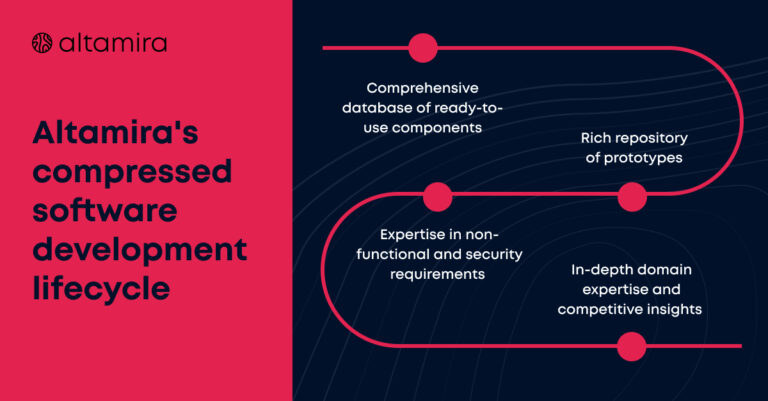
Thus, we accelerate our clients’ time to revenue by up to 60%, enhance the predictability of their revenue streams, and contribute to a more stable and sustainable revenue model. By enabling our clients to realise returns on their investments sooner, we provide them with a crucial market advantage.



